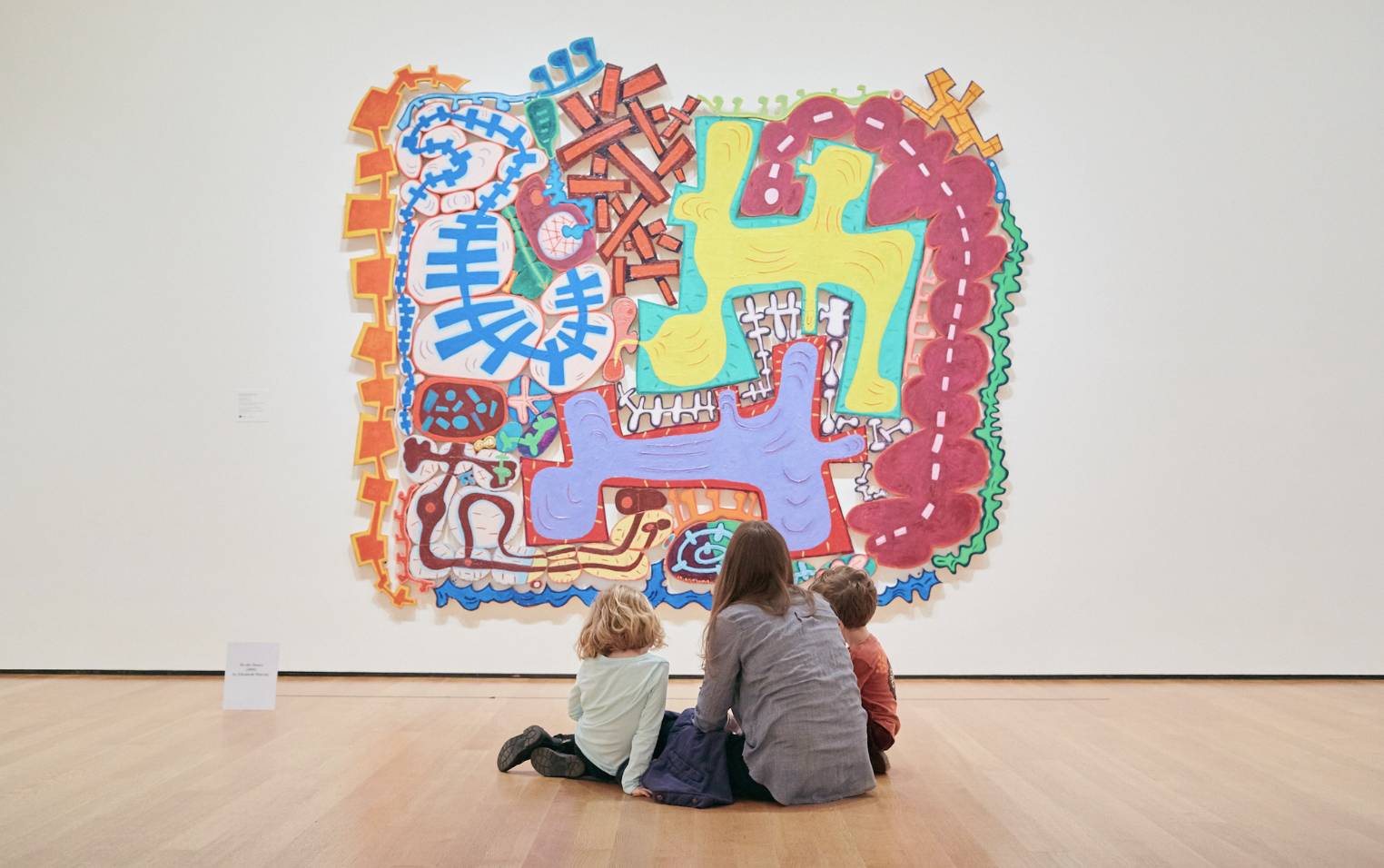
MoMA PS1 history
MoMA PS1, one of the oldest and largest nonprofit contemporary art institutions in the United States, was founded in 1971 by Alanna Heiss as the Institute for Art and Urban Resources Inc., an organization devoted to organizing exhibitions in underutilized and abandoned spaces across New York City. In 1976, it opened the first major exhibition in its permanent location in Long Island City, Queens, with the seminal Rooms exhibition. An invitation for artists to transform the building’s unique spaces, Rooms established the MoMA PS1 tradition of transforming the building’s spaces into site-specific art that continues today with long-term installations by James Turrell, William Kentridge, Pipilotti Rist, Lawrence Weiner, and others.

Who we are
In 2000 The Museum of Modern Art and P.S.1 Contemporary Art Center merged, creating the largest platform for contemporary art in the US—and one of the largest in the world. Ten years later P.S.1 was renamed MoMA PS1 to better reflect its relationship with The Museum of Modern Art.
Through jointly curated initiatives like Greater New York, the Elaine Dannheisser Projects Series, and the Young Architects Program; a shared website, and dozens of individually produced exhibitions and programs, The Museum of Modern Art and MoMA PS1 present a dynamic and varied offering of some of the most thought-provoking art produced today, together forming MoMA’s leading program of contemporary art. While each institution has its own mission statement, we work together on a daily basis, share curatorial perspectives and information, and have a common goal to provide the most engaging and incisive program possible.

Privacy Policy
MoMA is committed to protecting your privacy when you visit our websites or use a MoMA kiosk or application (collectively referred to as the “MoMA website”). By using the MoMA website, you agree to be bound by the terms and conditions of MoMA’s Privacy Policy and Terms of Use. The MoMA Privacy Policy is outlined below. A link to this policy is provided in the footer information on every page of the MoMA website. View the Terms of Use.
Images, text, software, documentation, electronic text and image files, audio and video files and clips, and other materials on the MoMA website are protected by copyright laws and may be covered by other restrictions including for example, rights of privacy and publicity, as well. MoMA retains all rights it may hold, including copyright, in data, image, text, and any other information contained in these files. Copyrights and other proprietary rights in the material on this website may also subsist in individuals and entities other than, and in addition to, MoMA. MoMA expressly prohibits the copying of any protected materials on this website, except for the purposes of fair use as defined in the copyright laws, and as described below.